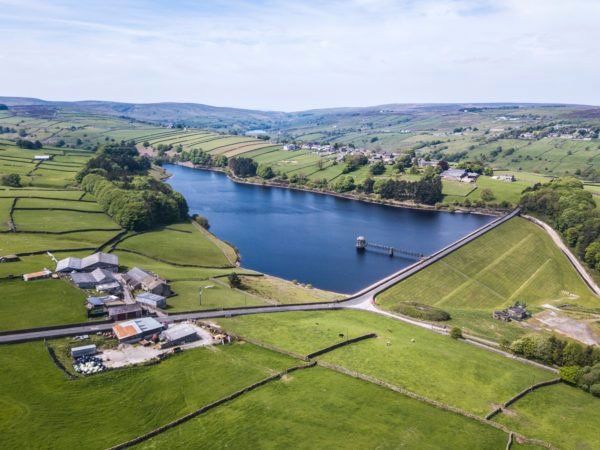Plunkett’s response to the government’s Planning White Paper
On 29th October 2020, the Plunkett Foundation submitted a response to government’s Planning White Paper, which proposes to ‘streamline and modernise’ England’s planning process.
We were concerned at the lack of detail in some of the proposals and the negative effects they could have for rural communities, and called on government to ensure the planning application process is democratic, accessible, and meaningfully engages the community, and that rural needs are understood and met.

- By moving consultations online, and by becoming more ‘streamlined’, the planning application process will favour developers but become less democratic.
- There is not enough detail on how communities will be engaged in the consultation process. Lack of digital connectivity could exclude many rural residents from accessing consultations online.
- Rural needs are not properly understood or accounted for in these proposals.
- The proposal to combine the Community Infrastructure Levy and section 106 agreements in a new Infrastructure Levy poses several issues:
- The Infrastructure Levy would not benefit community infrastructure where small developments take place
- It is not clear whether the community would have any say in how the Infrastructure Levy is spent
- There are suggestions for ring-fencing a portion of the Infrastructure Levy for affordable housing, but this is not certain as the White Paper is too light on detail. There is therefore not enough guarantee for affordable housing provision
- Unlike Section 106, decisions for Infrastructure Levy spending will not be legally binding, so there will be less accountability.
- Section 106 agreements allow community infrastructure provisions to be agreed in advance of development, whereas the new Infrastructure Levy is only payable by the developer to the local authority at the point of occupation of the housing development
- The proposals do not do enough to ensure community involvement and accountability in the planning and application processes. Very little detail is provided on how the community will have their say in important decisions affecting their local area. We have asked that local authorities be appropriately resourced to be able to properly engage their community in a democratic consultation process.
- One of the proposals is to “zone” areas into three categories of “Growth”, “Renewal” and “Protected”. This is intended to simplify the role of Local Plans and to automatically grant “Permission in Principle” to developers that meet certain requirements in “Growth” areas. We expressed concern that “Growth” areas will have little say in development that is granted “Permission in Principle”, while “Protected” areas may struggle to get permission for development to meet local needs. The “zoning” proposals over-simplify the rural landscape, so we have asked that alternatives are considered, such as “sub-zoning” in Local Plans.
- We also raised concerns that the shift in emphasis from inviting consultation from the application to the planning stage means that, unless there is sufficient engagement with the community upfront, communities will have less of a voice later down the line.
- The Planning White Paper seems to want to contradictorily speed up the process of granting planning permission, while also making the process more democratic. We have argued that six months is not an adequate timeframe for meaningful community engagement to take place.
- Neighbourhood Plans are not mentioned in any detail in the Planning White Paper. We have asked for more detail on how Neighbourhood Plans could be considered as a way of ensuring community input into planning decisions.
Making consultations digital does not necessarily mean they become more accessible
- Efforts to make the consultation process on planning proposals more accessible are welcome. However, we are concerned that the proposal to move consultations online may risk excluding many rural residents will little or no internet access. We have recommended that alternative non-digital channels of engagement are kept open.
Rural needs must be understood and met
- The proposal to raise the threshold for developers to provide affordable housing to 40-50 houses means that smaller developments in rural areas will lose out on much needed affordable housing.
Local authorities must be properly equipped to provide community infrastructure
- We have contested the proposal that section 106 and CIL (Community Infrastructure Levy) should be subsumed into one Infrastructure Levy. The disadvantages of the proposed Infrastructure Levy which we raised concerns about are:
- The insufficient detail on how/whether community will have a say on how the Infrastructure Levy will be spent
- There is no detail on how spending promises would be made legally binding and therefore held accountable
- Small developments not incurring the Infrastructure Levy would provide no infrastructure benefit to the local community
- Local authorities will only receive the Infrastructure Levy at the point of occupation when properties are sold, meaning that in order to plan any infrastructure prior to occupation, they will need to borrow funds against an estimated value of the Infrastructure Levy.
At Plunkett we have seen how Section 106 can be used as a legally binding to secure vital assets, such as a shop premises, at application stage. We feel this opportunity to safeguard or acquire vital community assets should not be lost.





